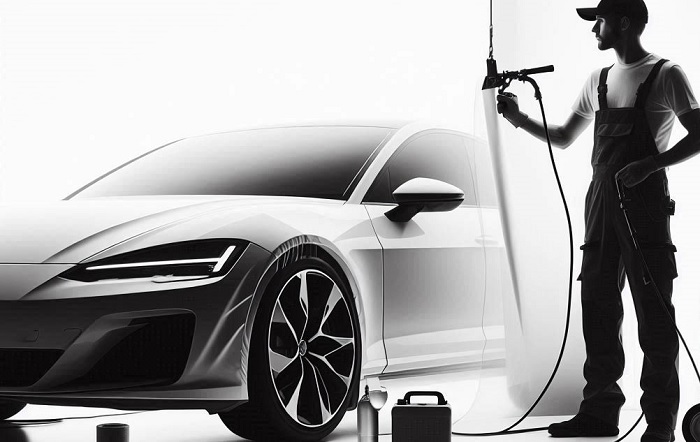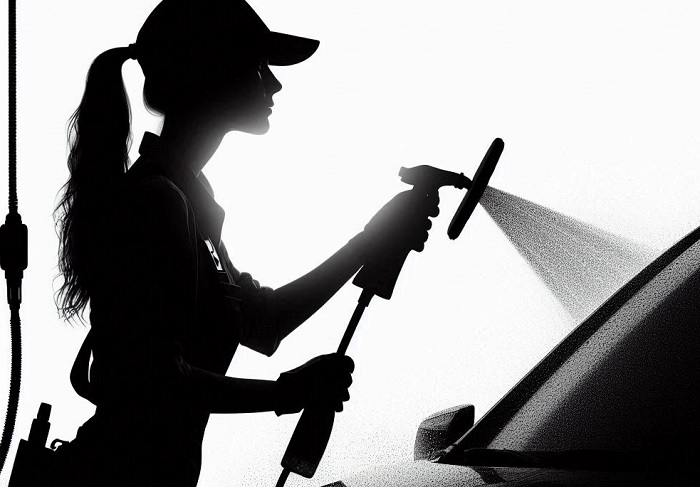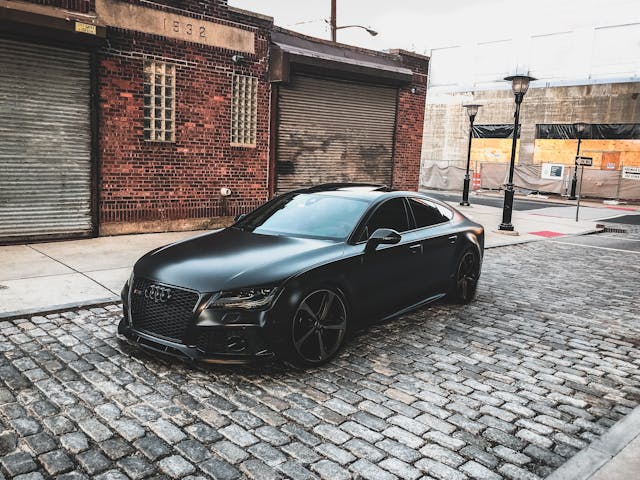Paint Protection Film (PPF) is a durable and highly effective way to protect your vehicle’s paint from scratches, rock chips, and environmental damage. One of the most common questions car owners ask is: How long does PPF last? The answer depends on several factors, including the quality of the film, the conditions it’s exposed to, and how well it’s maintained. Here’s a breakdown of the lifespan of PPF and what influences its longevity.
1. Average Lifespan of PPF
On average, high-quality Paint Protection Film can last anywhere from 5 to 10 years. This range depends on factors like the type of film, the conditions your vehicle is exposed to, and how well the film is maintained over time.
- 5 Years: Most standard PPF products come with warranties that guarantee at least five years of protection. This is the minimum you can expect if the film is installed properly, and the car is subject to normal driving conditions.
- 10 Years: Some premium PPF brands, especially those with advanced features like self-healing properties and enhanced UV resistance, can last up to 10 years with proper care.
2. Factors That Affect PPF Lifespan

Quality of the Film
Not all PPF products are created equal. Higher-quality films generally last longer and are more resistant to yellowing, peeling, or cracking. Premium films often come with advanced features like self-healing capabilities and greater resistance to UV rays and chemicals, which help extend their lifespan.
Installation
A professional installation is crucial for the longevity of PPF. If the film is applied incorrectly, it may not adhere properly, leading to premature peeling or bubbling. Expert installers ensure the film fits perfectly on the car’s contours, reducing the risk of damage and maximizing its lifespan.
Exposure to Environmental Conditions
The environment your car is exposed to also plays a significant role in how long PPF lasts. Harsh climates, such as extreme sun exposure, road salts in winter, or constant exposure to rain and debris, can wear down the film faster. PPF may need more frequent replacement in such conditions compared to a vehicle stored in a garage and driven in mild climates.
Maintenance
How well you maintain your PPF greatly impacts its lifespan. Regular cleaning with gentle, non-abrasive cleaners and avoiding high-pressure washers near the film’s edges can help prolong its effectiveness. Additionally, proper care for the film’s hydrophobic and self-healing properties helps keep it looking new and functioning well for years.
3. Signs That It’s Time to Replace PPF
Yellowing or Discoloration
Some PPFs may start to yellow over time, especially if they are constantly exposed to sunlight. If you notice significant discoloration, it’s a sign that the film is no longer offering optimal protection and may need to be replaced.
Peeling or Bubbling
Peeling edges or bubbling under the film usually indicate that the adhesive is failing. This can occur if the film wasn’t installed properly or if it’s simply reaching the end of its life. Peeling PPF should be replaced to ensure your car’s paint remains protected.
Surface Damage
While most high-quality PPFs are self-healing and can repair minor scratches, deep scratches, or visible damage that doesn’t heal over time can mean it’s time to replace the film.
4. How to Extend the Lifespan of PPF

Regular Cleaning
Wash your car regularly with mild, PPF-safe products to remove dirt, grime, and chemicals that could degrade the film over time. Use microfiber towels to avoid scratching the surface and avoid harsh chemicals that can damage the film.
Avoid High-Pressure Washing
While PPF is designed to withstand most elements, high-pressure washing, particularly around the film’s edges, can cause it to lift or peel. Always keep high-pressure nozzles away from the film’s seams.
Park in Shade or Indoors
To prevent UV exposure and extend the life of your PPF, park your car in the shade or indoors when possible. Prolonged exposure to direct sunlight can accelerate the breakdown of the film.
How Long Does Paint Protection Film Last?
In general, you can expect high-quality Paint Protection Film to last 5 to 10 years, depending on the product and how well it is installed and maintained. Regular cleaning, professional installation, and proper care can help maximize the lifespan of your PPF, ensuring your car’s paint stays protected for as long as possible. If you notice signs like yellowing, peeling, or deep scratches, it may be time to replace the film to maintain optimal protection.
FAQs
While it is rare, some premium films with advanced properties like self-healing and superior UV resistance may last longer than 10 years, especially if the vehicle is well maintained and not exposed to extreme conditions.
Signs that it’s time to replace PPF include:
– Yellowing or discoloration
– Peeling or bubbling
– Visible scratches or damage that no longer self-heals.
Yes, the type of PPF can influence its lifespan. Standard PPF usually lasts around 5 years, while premium PPF with features like self-healing or added UV protection can last closer to 10 years or more.
Older or lower-quality PPF may start to yellow, especially with prolonged exposure to UV rays. However, modern, high-quality PPF is designed to resist yellowing for the duration of its lifespan.
PPF requires regular washing with non-abrasive materials, and high-pressure washing should be avoided near the edges. Using the correct maintenance techniques can extend the life of the film.
If a small section of the film is damaged, it can often be replaced without needing to remove the entire film. However, color matching and installation precision are important for seamless results.
Yes, many car owners choose to apply ceramic coatings on top of PPF for additional protection and enhanced hydrophobic properties. This combination can further prolong the appearance and durability of your car’s finish.

